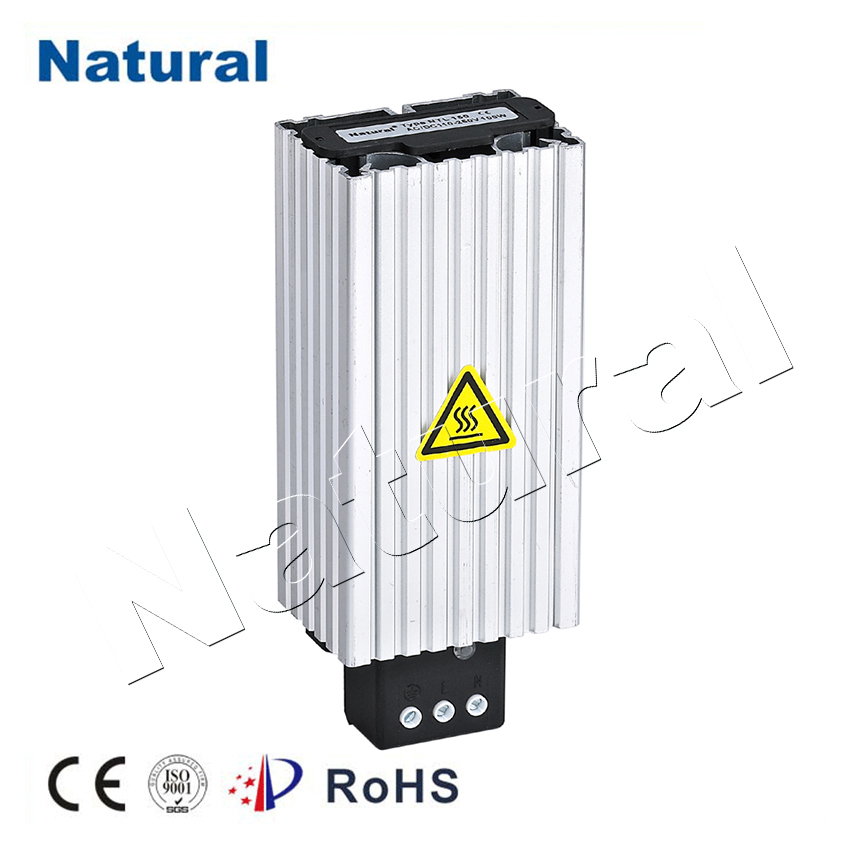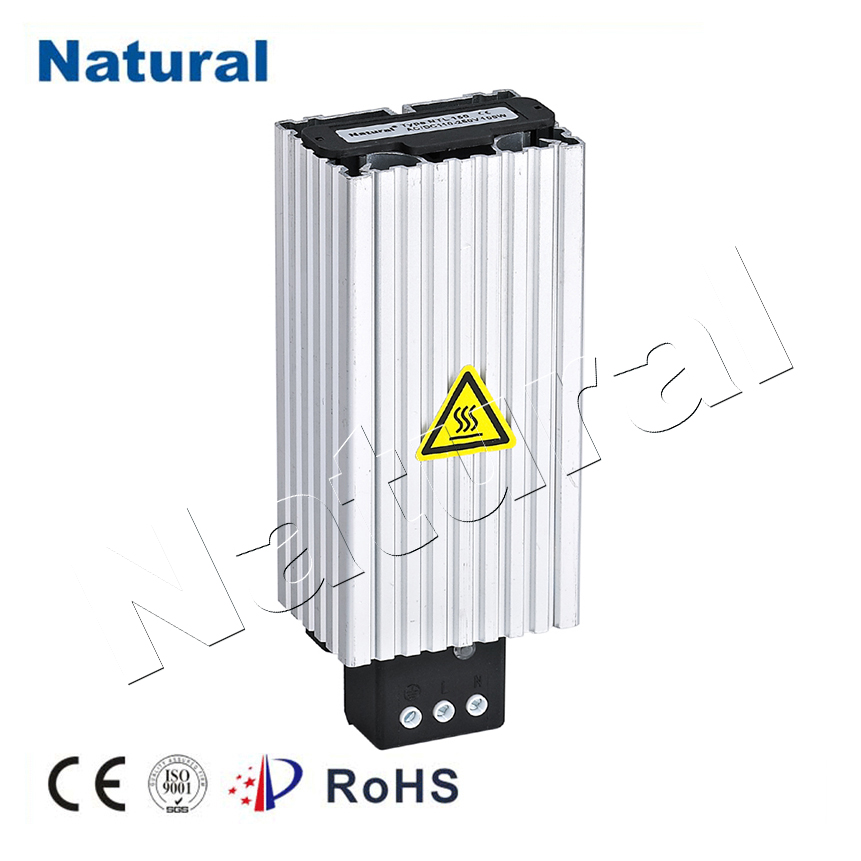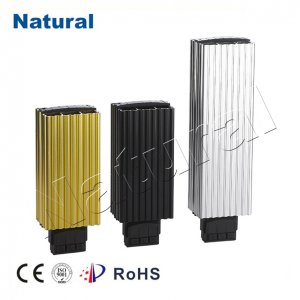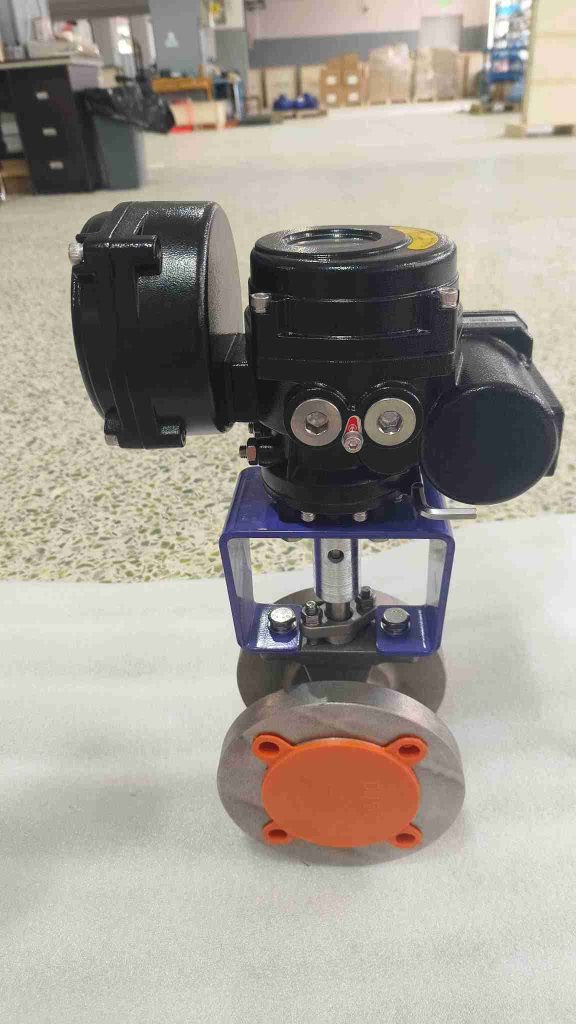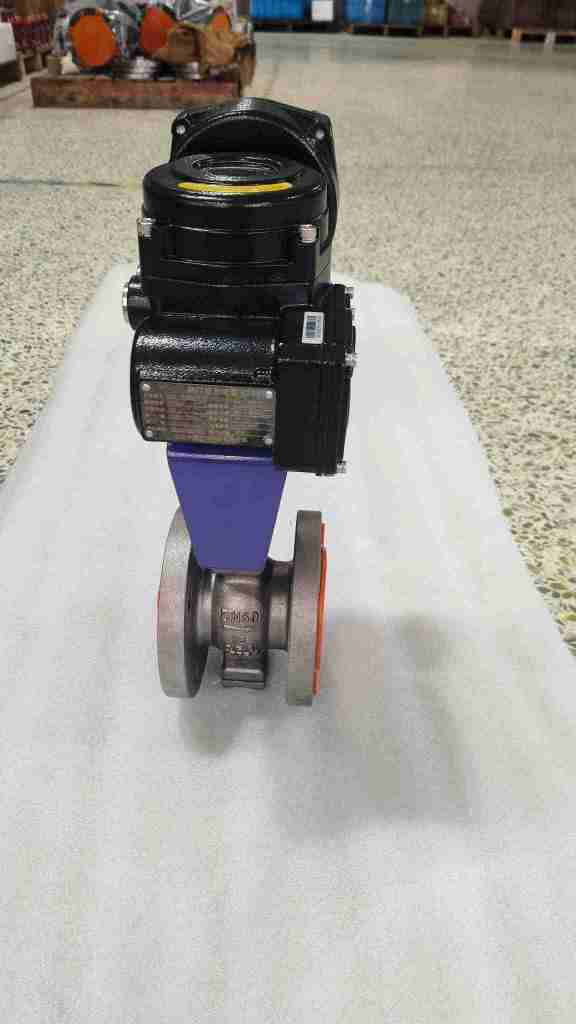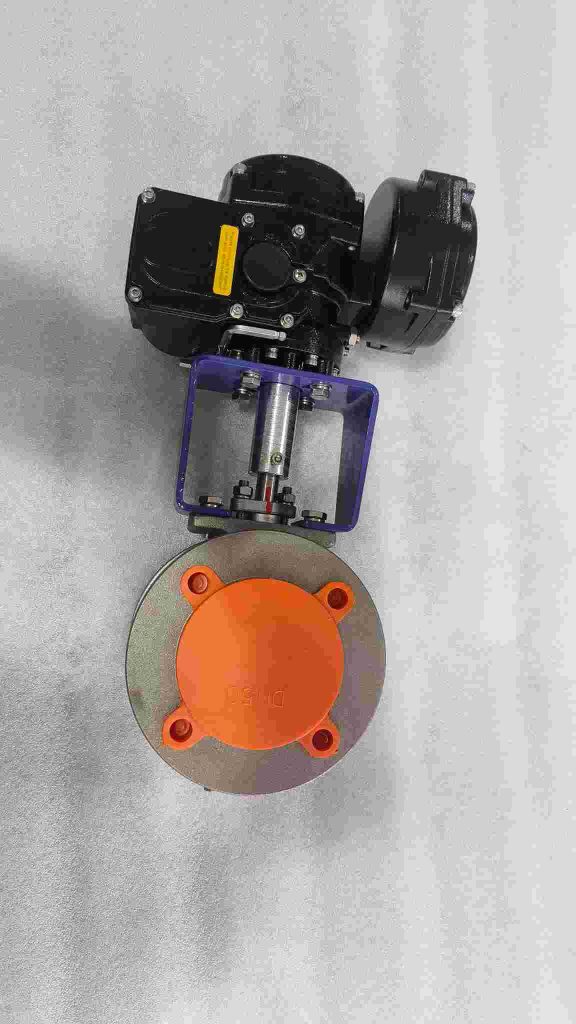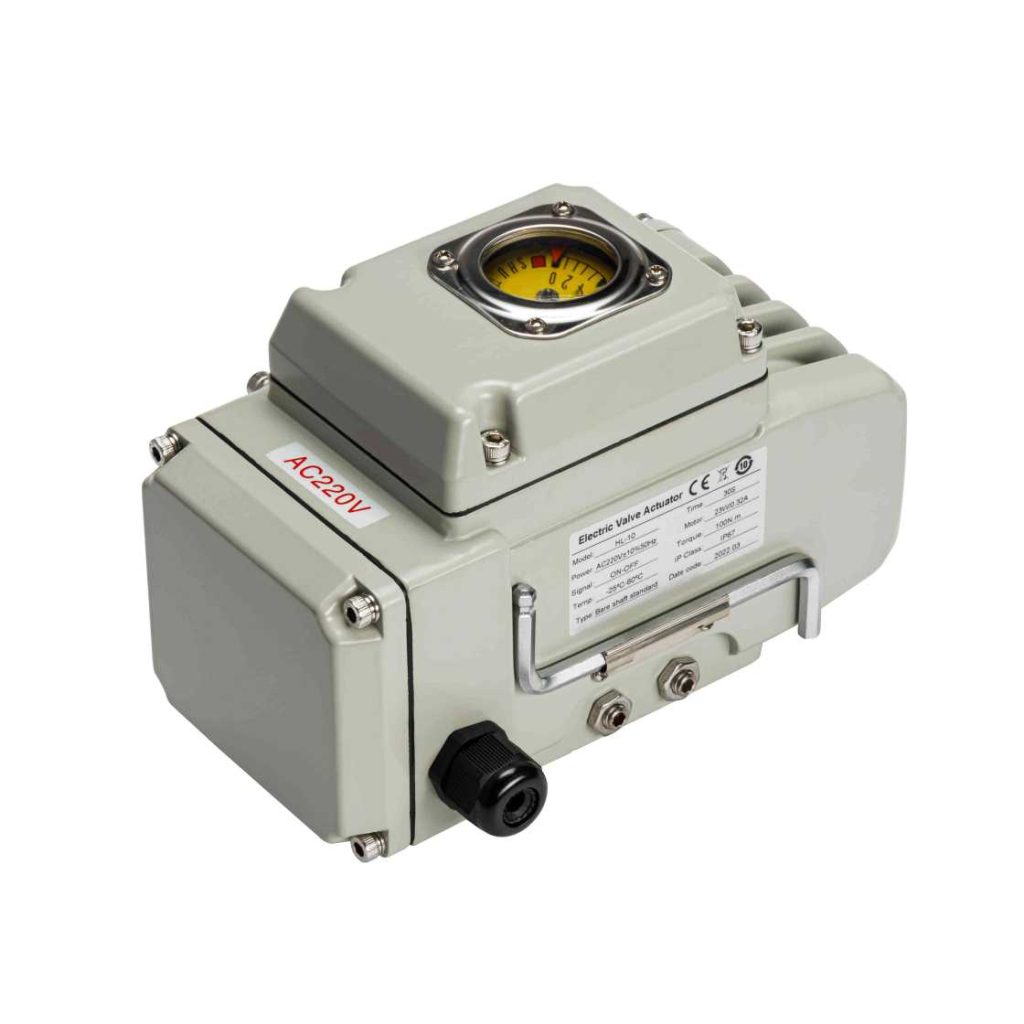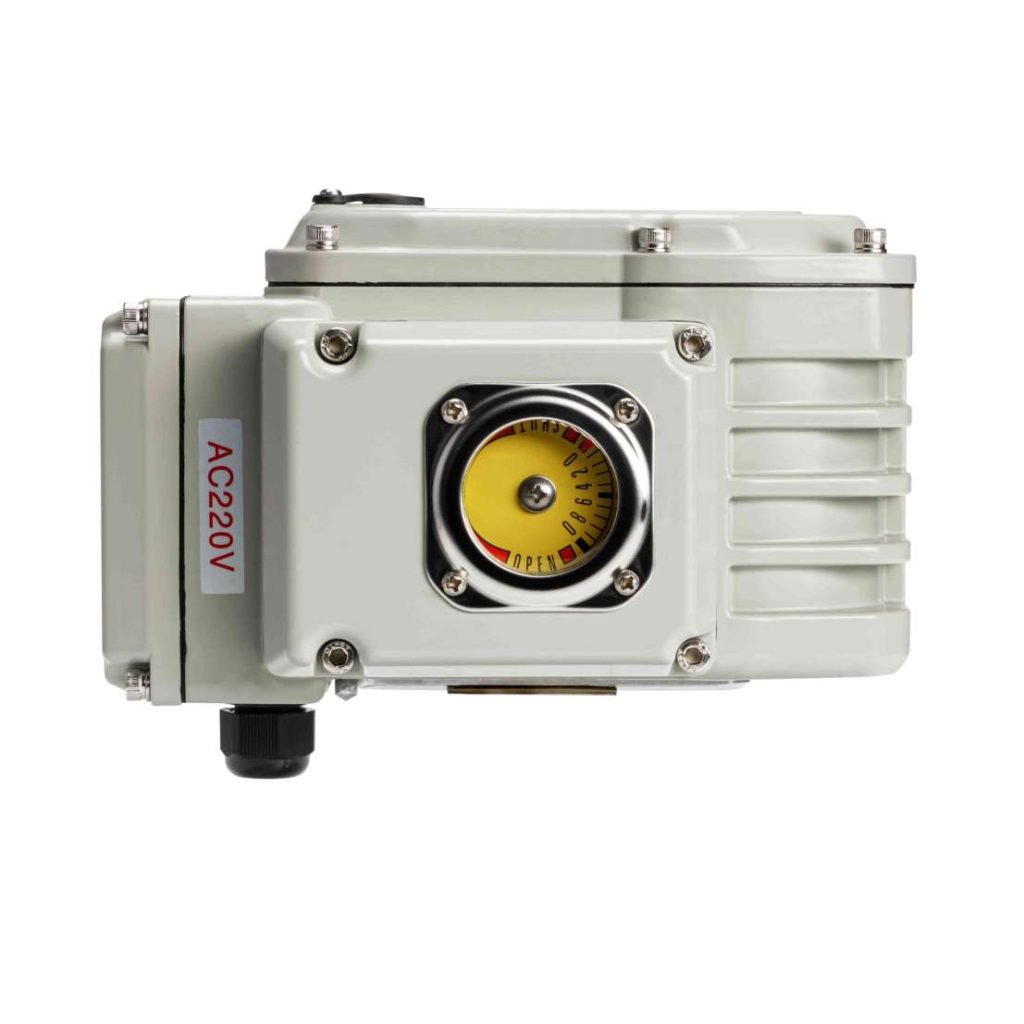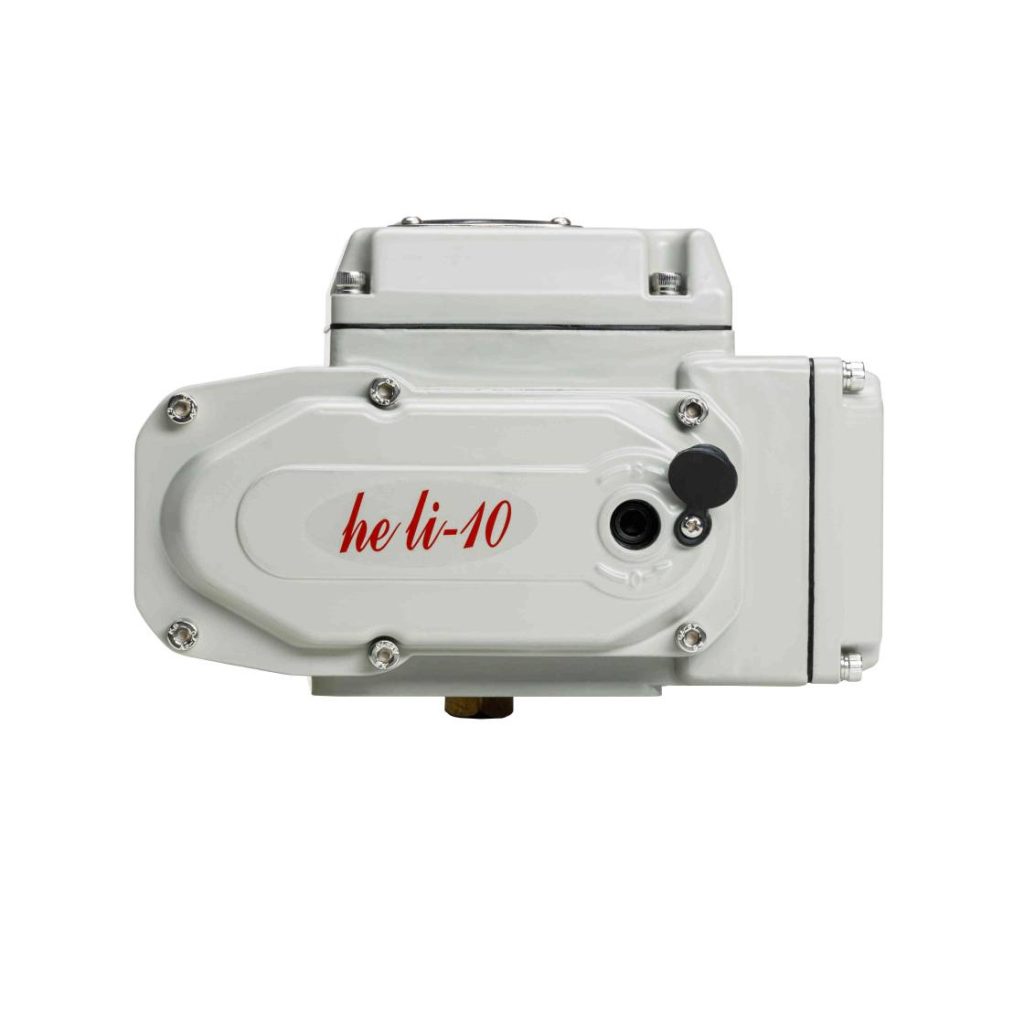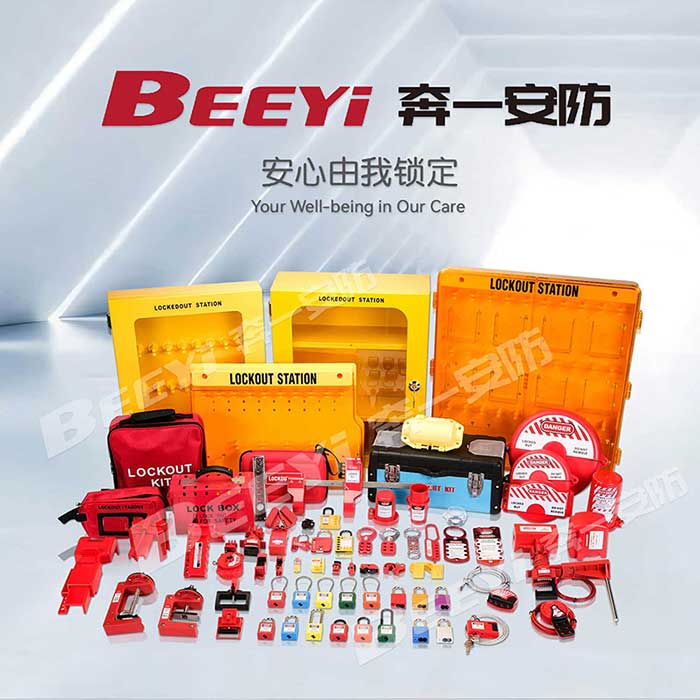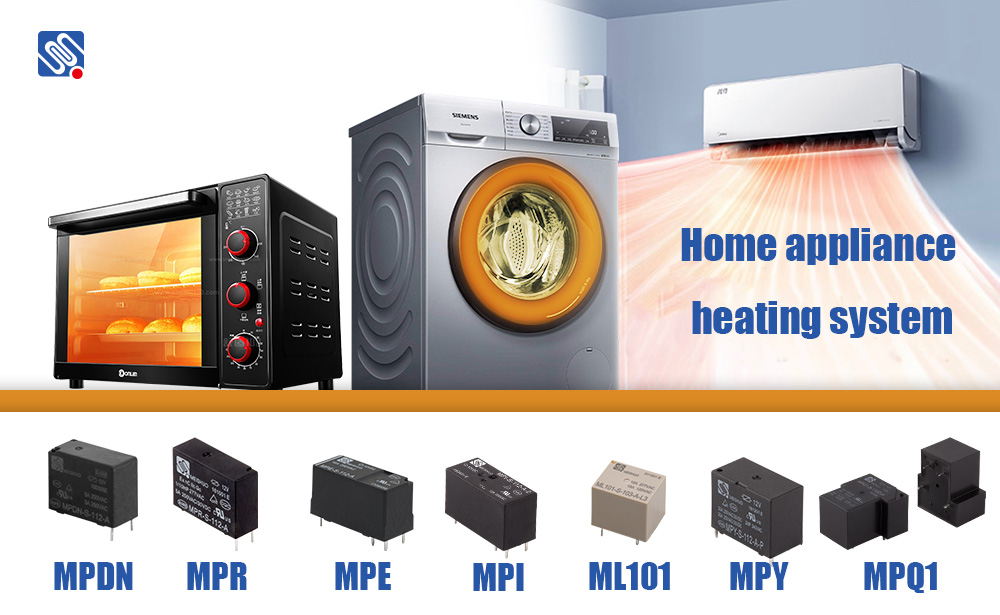The swimming pool industry, driven by advancements in automation and water treatment technologies, has seen significant growth over the years. Among the essential components for ensuring the proper functioning of swimming pool systems, solenoid valves play a crucial role in controlling water flow and maintaining a clean, safe environment for swimmers. China, with its robust manufacturing capabilities, has emerged as a global leader in producing high-quality swimming pool solenoid valves. This article explores the key players in the Chinese swimming pool solenoid valve market, their technological innovations, and the impact of these valves on the water treatment industry.
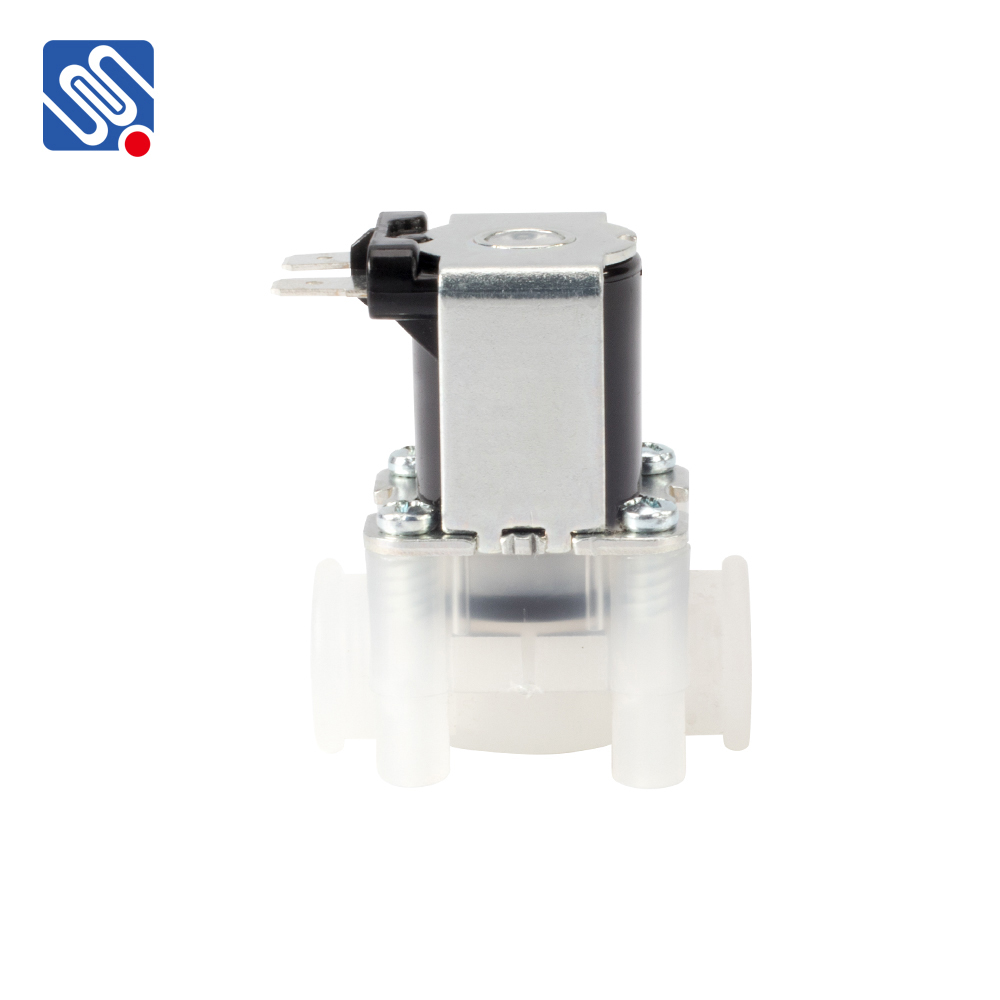
The Role of Solenoid Valves in Swimming Pools A solenoid valve is an electromechanical device that controls the flow of water in a system through the use of an electric current. In the context of swimming pools, these valves are typically used in the filtration and water treatment systems to regulate water flow, ensuring proper circulation and filtration. Solenoid valves are essential for automated systems where precise control of water flow is needed, and they help in minimizing water wastage, enhancing energy efficiency, and improving the overall water quality of the pool. These valves are usually operated by a 24V or 12V DC electrical current that opens or closes the valve based on the programmed settings. When combined with smart pool systems, solenoid valves help automate pool cleaning, chemical dosing, and other essential functions, offering pool owners convenience and peace of mind.
